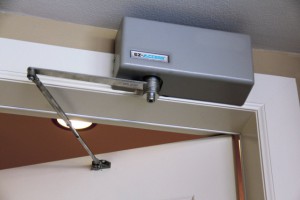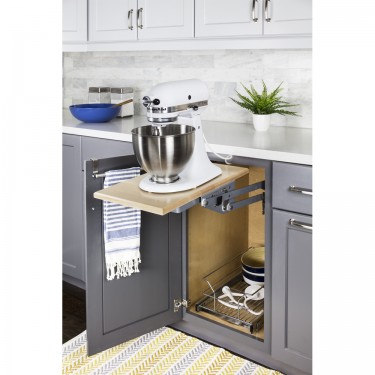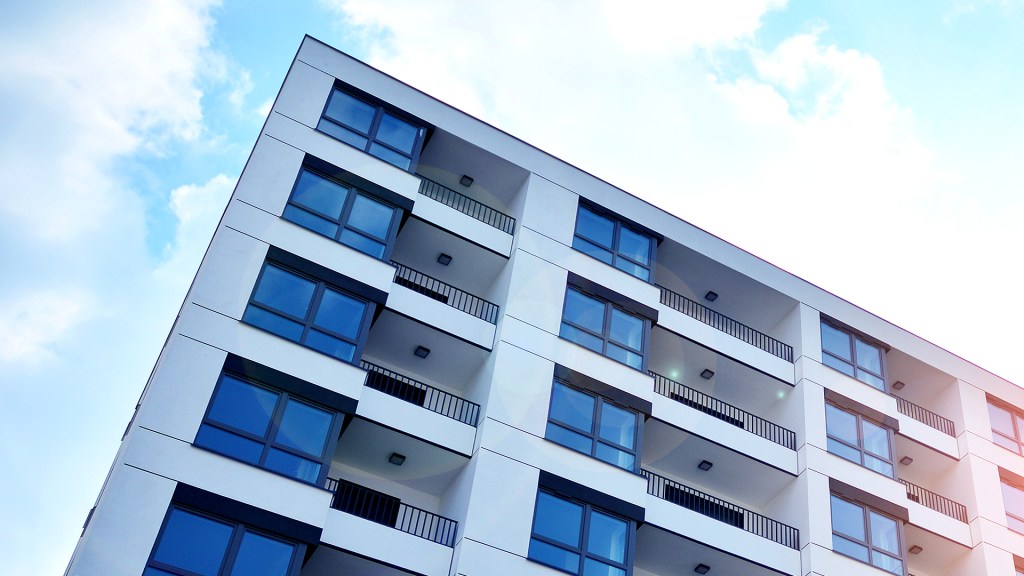By Erica Rascón on October 3, 2017 in News
According to the 2012 AARP Public Policy Institute study, more than 90 percent of seniors plan to age in place for the next five to 10 years. Today’s seniors value features that allow them to maintain independence within their home without relying on care providers or family.
Fulfilling that dream may be harder than they think. Rodney Harrell, housing expert with AARP, estimates that only 1 percent of every 100 million US homes is conducive to aging in place. The typical home will need upgrades to accommodate aging residents.
To appeal to aging residents—present and future—designers may consider several universal design elements that make housing more accessible without a structural renovation.
Ease of Access
The current cabinetry and doors in a home can receive an age in place update with a few simple additions. Consider drawer pulls and lever door handles in place of knobs, which can become challenging to grip.
Sliding trays make deep cabinets easier to access. Soft closures minimize noise and prolong the life of shelving.
New appliance lifts bring hard-to-reach items to accessible levels. Hardware Resources’ The Soft-close Mixer/Appliance Lift makes it easy to bring heavy or cumbersome items to counter level when needed. Users can then stow items out of sight when they are not in use by pulling upon the lever. The Soft-close Mixer/Appliance Lift handles loads up to 45 pounds.
Elevated microwaves save counter space but they may be difficult to reach. Installing the microwave at counter height or waist height offers greater accessibility as users’ range of motion and mobility change over time.
By installing showers with hand-held showerheads, built-in seats and grab bars, residents can enjoy improved functionality for multiple stages of life.
Accessibility
National Association of Home Builder (NAHB) recommends recommends that washing machines and dryers be raised 12-15 inches above the floor. Front load appliances are more easily accessible than their top-load counterparts.
Outdoor living holds an estimated value between 25 to 50 percent of the price per square foot value of indoor space. For residents to perceive that value, designers must bee mindful of transitions between spaces.
Even a single stair or raised rail for sliding doors can limit a senior’s enjoyment of outdoor space. Zero-step transitions provi de ageless access to outdoor living.
de ageless access to outdoor living.
Heavier doors or tight hinges may also limit enjoyment of the outdoor living areas. Spring loaded or automatic doors hold great value. EZ-ACCESS Concierge 2300 Residential Power Door Opener facilitates effortless door operation. By touching a button, doors open and close. The sweep time is safe for most wheelchair users.
Residents of all ages can appreciate natural light. When unit placement or construction limit access to natural light, universal lighting techniques can provide the illumination needed.



